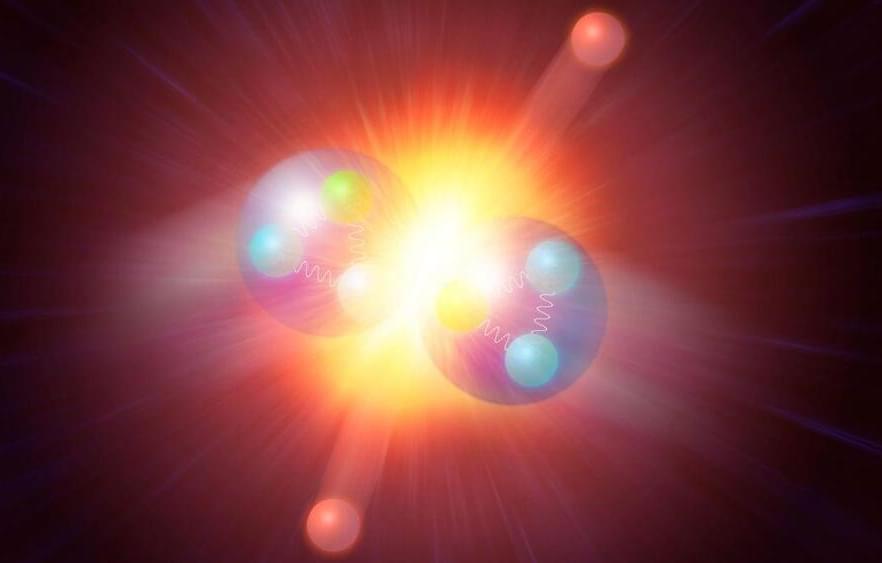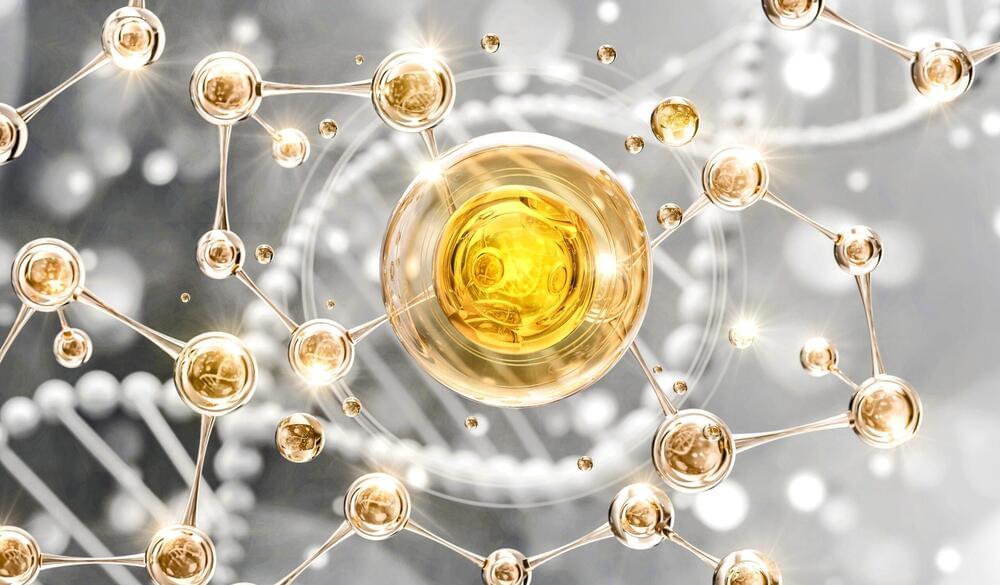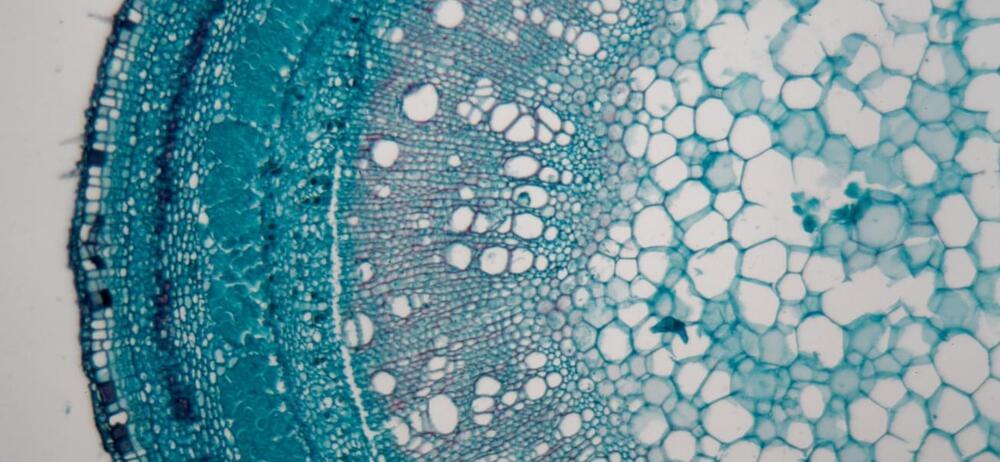Ads for AI “girlfriends” are flooding Instagram and TikTok.


Every seven minutes a cyber-attack is reported in Australia.
Millions of Australians have had their data stolen in malicious attacks, costing some businesses tens of millions of dollars in ransom. The federal government is warning the country must brace for even more strikes as cyber gangs become more sophisticated and ruthless.
Four Corners investigates the cyber gangs behind these assaults, cracking open their inner operations and speaking to a hacker who says he targets Australians and shows no remorse.
The program travels all the way to Ukraine and discovers we share a common enemy in the battle for cyber security.
For weeks, a cyberattack paralyzed the German district of Anhalt-Bitterfeld in 2021, bringing its whole administration to a standstill. It was a stark illustration of how hackers can knock out entire communities in milliseconds — and how digital technology has become vital for running our societies.
Such “critical digital infrastructure” helps boost efficiency. But it also makes communities ever more vulnerable to hacking. And attacks are on the rise. In this episode of Techtopia, DW Chief Technology Correspondent Janosch Delcker investigates how a criminal industry makes billions by taking computers hostage — and how governments can use similar methods as a political weapon.
Subscribe: https://www.youtube.com/user/deutschewelleenglish?sub_confirmation=1
For more news go to: http://www.dw.com/en/
Follow DW on social media:
►Facebook: https://www.facebook.com/deutschewellenews/
►Twitter: https://twitter.com/dwnews.
►Instagram: https://www.instagram.com/dwnews.
Für Videos in deutscher Sprache besuchen Sie: https://www.youtube.com/dwdeutsch

NASA has released images of the site from the Moon where Russia’s Luna-25 crashed last month. It revealed that the crash site lies 400 KMS away from the intended landing site of Russia’s lunar probe. It added that the impact of the crash was such that it created a 10 meter crater on the moon. Watch for more details.
#moon #luna25 #russia #nasa #crashsite #lunarsurface #russiamoonmission #images #orbit #roscosmos.
Hindustan Times Videos bring you news, views and explainers about current issues in India and across the globe. We’re always excited to report the news as quickly as possible, use new technological tools to reach you better and tell stories with a 360 degree view to give you a better understanding of the world around you.

Security Enhanced Linux (SELinux) has been part of the mainline kernel for two decades to provide a security module implementing access control security policies and is now widely-used for enhancing the security of production Linux servers and other systems. Those that haven’t been involved with Linux for a long time may be unaware that SELinux originates from the US National Security Agency (NSA). But now with Linux 6.6 the NSA references are being removed.
The United States National Security Agency worked on the original code around Security Enhanced Linux and was the primary original developer. The NSA has continued to contribute to SELinux over the years while with its increased adoption does see contributions from a wide range of individuals and organizations.

A team of scientists at the City of Hope Hospital – one of the largest cancer research and treatment organizations in the United States – has recently developed what could potentially be a “holy grail” molecule that can effectively eradicate all solid cancer tumors while leaving healthy cells unaffected.
In preclinical trials, this molecule – called AOH1996 – was found to target and eradicate the proliferating cell nuclear antigen (PCNA) protein, which usually contributes to the growth and repair of a variety of cancer tumors.
Most of the previous targeted anti-cancer therapies focus on a single pathway, enabling cancers to mutate and eventually become resistant. By contrast, since AOH1996 targets a cancerous variant of PCNA, a protein that in its mutated form is crucial in DNA replication and repair of all types of tumors, its effectiveness is higher and its range of action significantly broader.

Plants possess the unique ability to completely regenerate from a somatic cell, i.e., an ordinary cell that does not typically participate in reproduction. This process involves the de novo (or new) formation of a shoot apical meristem (SAM) that gives rise to lateral organs, which are key for the plant’s reconstruction.
On a cellular scale, the formation of SAM is meticulously controlled by either positive or negative regulators (genes/protein molecules) that may induce or restrict shoot regeneration, respectively. But which molecules are involved? Are there other regulatory layers that are yet to be uncovered?
To seek answers to the above questions, a research group led by Nara Institute of Science and Technology (NAIST), Japan studied the process in Arabidopsis, a plant commonly used in genetic research.

In this article, the fourth installment of our five-part series on different pathways of aging, we look at the rejuvenation of cells, tissues, and stem cells, a topic that has been gaining increasing popularity thanks to remarkable advancements in the field of epigenetic reprogramming. Recent research suggests that despite the accumulation of molecular damage over time, cells and tissues can indeed undergo rejuvenation. We’ll be exploring key subjects such as Epigenetic reprogramming, PGC1a and GSK3β, Telomerase (TERT), as well as Apoptosis and senescence. Join us on this enlightening journey as we uncover the groundbreaking discoveries that are shaping the future of aging research.
The idea for reprogramming was simple yet beautiful. Children are born young, even though their parents are old, because they have undergone a process of cellular reprogramming that leads to rejuvenation.

NASA Commercial Space Capabilities office and SpaceX have a 24 page agreed plan to develop the SpaceX starship into a low earth orbit space station design by 2028. This is unfunded and aspirational. The parties will cooperate to try and make it happen. SpaceX with successful Starlink commercial services will have the funds to make this happen.
There are many other milestones that NASA and SpaceX are trying to achieve with Starship.
It will take another 2–4 years to actually launch the Starship space station.